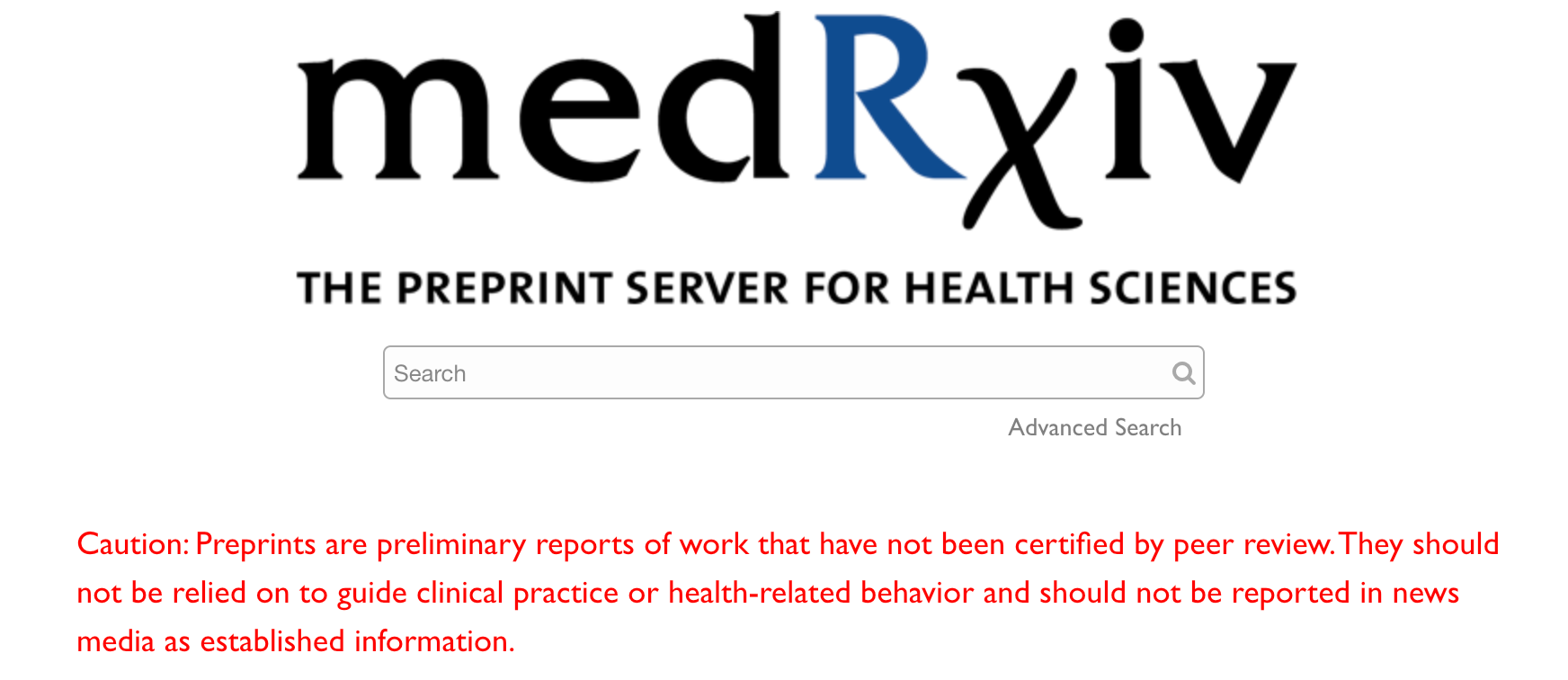In the face of the COVID-19 pandemic, scientific progress has been dazzling. From identifying the pathogen to designing novel vaccines, the research community has shattered records in the speed of its discoveries. And while free-flowing funds and a singular global focus had much to do with that, the rapid response would not have been possible without one under-appreciated element: preprints.
In the past few years, there’s been a quiet revolution in how scientists report and share experimental results. To understand it, we first need to take a quick look at the traditional science publication model. The process followed by most researchers today wouldn’t be unfamiliar to Charles Darwin or his 19th-century contemporaries: scientists perform and carefully document experiments, write up their most important findings in a manuscript, and submit it for peer review at a journal. During peer review, a few scientists who didn’t participate in the project read the manuscript, checking for strong evidence, appropriate follow-up investigation, and areas where more experiments are needed to support a claim. Much back-and-forth and significant editing may ensue. Once the reviewers and the original scientists all agree that the paper is ready to move forward, it can be published by the journal.

The review process is deliberately slow, taking months or in some cases more than a year. It was designed to ensure that questionable results are weeded out and that each manuscript is as strong as possible so the papers that do make it into the literature are above reproach. Published papers are so important to a scientist’s career — linked directly to winning research grants and earning tenure — that there is tremendous motivation to maintain this slow-and-steady approach.
Even without a pandemic, though, slow-playing the reporting of scientific results has been increasingly incompatible with a crowdsourced, on-demand world. In certain disciplines, such as physics, researchers introduced preprints as a way to fast-track the progress of the whole community. Preprints are unpublished manuscripts — articles written by scientists who believe their results are valid and useful, but that have not gone through the rigors of peer-review for an extra layer of credibility. They allow the community to examine findings even as the paper wends through the traditional peer-review process.
In biology, it took longer for preprints to gain traction. But in the past few years, the idea of sharing results quickly — and then honing the paper, often based on feedback from researchers throughout the community — has taken hold. Preprints allow for iteration; scientists frequently update and re-release their preprints, something that is not possible once a paper has run the gauntlet of peer review.

So when COVID-19 came knocking, biologists already had a known channel for exchanging their discoveries far more quickly than the traditional peer-review process would have allowed. In the first 10 months of the pandemic, scientists released more than 30,000 preprints relating to it.
“This is the first pandemic — the first epidemic — in which preprints have been used by a significant fraction of researchers,” says Jessica Polka, executive director of ASAPbio, a nonprofit organization aiming to accelerate the pace of research. She points out that the paper describing the UK variant was officially published this month; preprints reporting it came out months earlier, galvanizing scientists around the world and allowing public health officials to make key decisions as the variant spread. “Preprints have accelerated not only the progress of science but they have also impacted public health,” Polka says.
According to data from ASAPbio, the average time between when a preprint is posted and when that paper is published in a journal is four to five months. Allowing access to results so much earlier could and in many cases did make a huge difference in public health.
To be clear, preprints are not a replacement for peer review. Media confusion about preprints, which look and read exactly like published scientific articles, has led in some cases to premature reports of discoveries that turned out to be incorrect. (The Retraction Watch website keeps a running list of both preprints and peer-reviewed publications about COVID-19 that have been retracted or withdrawn.) “It’s really important to know when an article is a preprint,” Polka emphasizes. Most preprint servers clearly label papers as such (as below), but the general public — and some journalists — may not know what those labels mean.

Still, studies of preprints prior to COVID-19 have found that early sharing of scientific data has generally not led to the release of a flood of bad information. Typically, the article that emerges from peer review looks remarkably like the original preprint. Polka of ASAPbio was involved in a study comparing 200 preprints to their post-publication versions; just one paper had a major change in its conclusions.
Like mRNA vaccines and Zoom video chats, preprints are another critical just-in-time development that allowed us to deal with the pandemic better than we could have even a few years ago. Now that COVID-19 has showcased the value of sharing results earlier than traditional models would allow, we can expect that preprints will have a bigger role to play in all areas of science going forward.

















